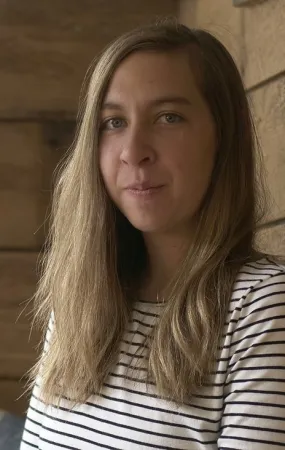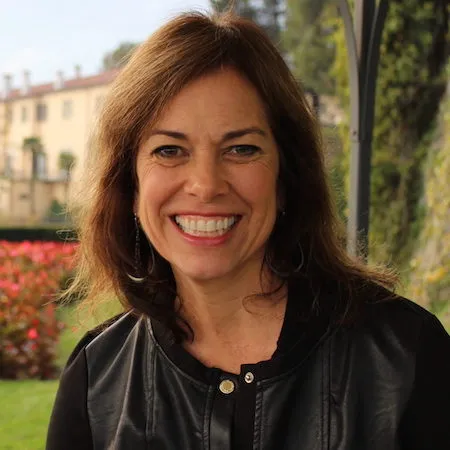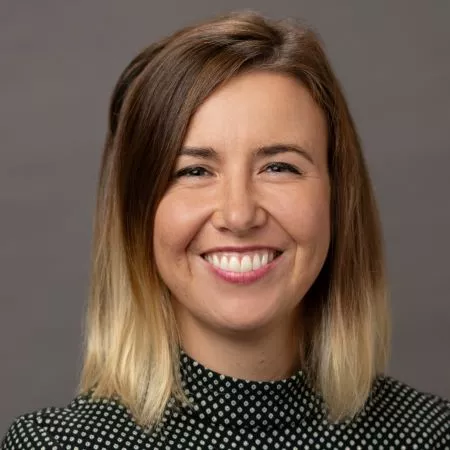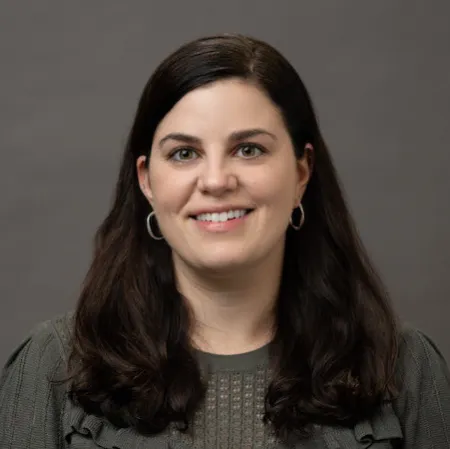SESYNC developed this toolkit to guide interdisciplinary researchers in communicating their findings to a variety of audiences.
This toolkit goes over the key components needed to build a communications strategy, including: establishing communication goals, identifying your audiences, choosing your communication channels, and writing clear and compelling messaging.
Table of Contents:
- Introduction
- Step 1: What Are Your Goals?
- Step 2: Who Are Your Audiences?
- Step 3: How to Reach Your Audiences
- Step 4: Crafting a Clear Message
- Step 5: How Is Your Strategy Working?
- Worksheet
At SESYNC, we recognize that, along with actionable science, synthesis research exists along a spectrum—from advancing an academic idea to informing decision makers and changing behavior. Thus, a communication strategy will also exist on a continuum—to communicate results and translate findings to a variety of audiences; only you and your team can determine what level of engagement is necessary. No matter where your research and communication goals fall upon the spectrum, you can tailor a communication strategy to fit your specific needs.
-
About the Presenters
Lisa Palmer
Senior FellowLisa Palmer is the National Geographic Professor of Science Communication at George Washington University (GW) in Washington, D.C. Lisa is an award-winning author and science journalist who has covered a wide range of stories on the environment, biodiversity, climate change, synthetic biology, conservation, food security, and sustainability in the United States and around the world—including drought and climate change in India, civil conflict and science research in Colombia, and environmental degradation and conservation technology in Peru. For over 20 years, she has written and produced...
Lisa Palmer
Senior FellowLisa Palmer is the National Geographic Professor of Science Communication at George Washington University (GW) in Washington, D.C. Lisa is an award-winning author and science journalist who has covered a wide range of stories on the environment, biodiversity, climate change, synthetic biology, conservation, food security, and sustainability in the United States and around the world—including drought and climate change in India, civil conflict and science research in Colombia, and environmental degradation and conservation technology in Peru. For over 20 years, she has written and produced stories that engage and inform national and international audiences. Her book, HOT, HUNGRY PLANET: The Fight to Stop a Global Food Crisis in the Face of Climate Change (St. Martin’s Press 2017) chronicles her travels around the world and the urgent innovations needed to feed a growing population. Lisa’s feature articles have been published by outlets like Nature, Yale Environment 360, The Guardian, Nautilus, The New York Times, The New Republic, Ensia, Slate, and many others. She participates actively in the national and international discourse on science and environmental issues by writing and publishing, speaking publicly, developing and leading seminars, and offering analysis and science communication strategy to researchers. She was previously a senior fellow at SESYNC and a public policy scholar at the Woodrow Wilson Center in Washington, D.C., where she conducted research on global food security, resilience, and policies related to sustainable agriculture. In her role as the National Geographic Professor of Science Communication, Lisa teaches science communication and science reporting at GW’s School of Media and Public Affairs at the Columbian College of Arts and Sciences. She also leads the education program Planet Forward, GW’s innovative, collegiate sustainability media platform that provides publishing opportunities and seminars that seek to improve scientific storytelling.
External Links:
https://http://lisa-palmer.com/wp/
https://www.researchgate.net/profile/Lisa-Palmer-3
https://smpa.gwu.edu/lisa-palmerImage
Elizabeth Herzfeldt-Kamprath
Filmmaker & Graphic DesignerElizabeth was a multimedia Specialist at SESYNC from May 2017 - June 2022. Elizabeth was instrumental in the creation of many of SESYNC's engaging YouTube Videos and learning resources. Elizabeth also played a major role in the design of SESYNC's new website created in 2022. Elizabeth is currently a Video Production Director at Fenton, a communications firm dedicated to progressive social change. She is also an Emmy-nominated documentary filmmaker and winner of many awards, including Best Environmental Feature at the Chesapeake Film Festival in 2020. Elizabeth earned her Masters of Fine Arts...
Image
Elizabeth Herzfeldt-Kamprath
Filmmaker & Graphic DesignerElizabeth was a multimedia Specialist at SESYNC from May 2017 - June 2022. Elizabeth was instrumental in the creation of many of SESYNC's engaging YouTube Videos and learning resources. Elizabeth also played a major role in the design of SESYNC's new website created in 2022. Elizabeth is currently a Video Production Director at Fenton, a communications firm dedicated to progressive social change. She is also an Emmy-nominated documentary filmmaker and winner of many awards, including Best Environmental Feature at the Chesapeake Film Festival in 2020. Elizabeth earned her Masters of Fine Arts in Film & Electronic Media from American University in 2018.
Erin Duffy
Faculty SpecialistErin Duffy is a Communications Associate at the National Socio-Environmental Synthesis Center (SESYNC). In this role, she supports the communications team in designing and developing communication products that disseminate the vast knowledge created by SESYNC researchers worldwide. Inspired by the Center’s diverse and interesting projects and participants, Erin developed a podcast, Succinct Science—Audio Interviews from SESYNC, to help integrate intellectually expansive information into everyday life.
Passionate about community, individual, and environmental health and well-being, Erin has...
Erin Duffy
Faculty SpecialistErin Duffy is a Communications Associate at the National Socio-Environmental Synthesis Center (SESYNC). In this role, she supports the communications team in designing and developing communication products that disseminate the vast knowledge created by SESYNC researchers worldwide. Inspired by the Center’s diverse and interesting projects and participants, Erin developed a podcast, Succinct Science—Audio Interviews from SESYNC, to help integrate intellectually expansive information into everyday life.
Passionate about community, individual, and environmental health and well-being, Erin has worked in a variety of roles, including environmental educator; marketing associate for a social service organization, and community garden coordinator for a food bank, both through AmeriCorps; as well as a caregiver for adults with differing physical and intellectual abilities.
Erin earned a bachelor's degree in Environmental Policy and Science, and she has continued to pursue educational opportunities, most recently by becoming a certified yoga instructor and positive psychology practitioner.
Alaina Gallagher
Assistant Director, CommunicationsAlaina Gallagher is the Assistant Director of Communications at the National Socio-Environmental Synthesis Center (SESYNC). In this role, she leads the communications team in developing communication products that help to promote the mission and research accomplishments of the SESYNC network. Most recently, Alaina led the Center's effort to design and develop a new public-facing website. With a speciality in strategic communications and technical writing/editing, Alaina enjoys translating scientific/technical content into language that is informative and accessible for all audiences—in turn...
Alaina Gallagher
Assistant Director, CommunicationsAlaina Gallagher is the Assistant Director of Communications at the National Socio-Environmental Synthesis Center (SESYNC). In this role, she leads the communications team in developing communication products that help to promote the mission and research accomplishments of the SESYNC network. Most recently, Alaina led the Center's effort to design and develop a new public-facing website. With a speciality in strategic communications and technical writing/editing, Alaina enjoys translating scientific/technical content into language that is informative and accessible for all audiences—in turn, broadening the reach of unique and exciting scientific discoveries.
Prior to joining SESYNC in 2019, Alaina worked at a consulting firm, providing technical communications support to various state, federal, and NGO clients in the energy sector, particularly the U.S. Department of Energy. Her previous experience also includes working at a small publishing firm specializing in education and health care and at an online education company.
Alaina earned her bachelor's degrees in English and Italian from the Pennsylvania State University, where she graduated with distinction.


